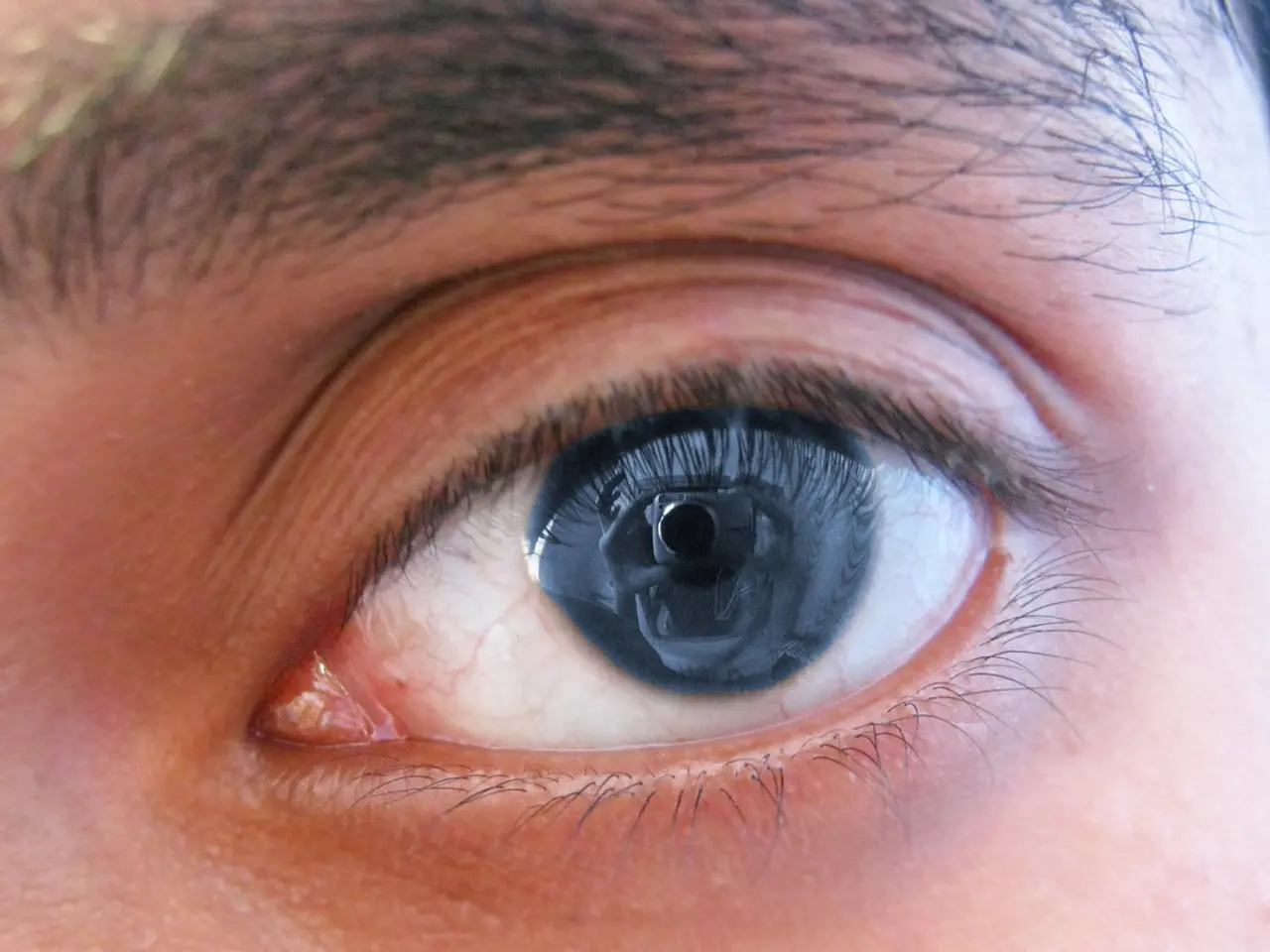Root Canal Aftermath: Common Symptoms, When to Seek Medical Advice, and Potential Causes
In the realm of dental care, root canal treatments have long been a trusted solution for saving infected or damaged teeth. However, it's not uncommon for some individuals to experience persisting pain after the procedure. This article aims to shed light on the common causes of such post-treatment discomfort and the steps to alleviate them.
Firstly, it's crucial for those who have undergone root canal treatment to revisit their dentist to have the temporary filling removed and to have a permanent crown or other permanent restoration placed on the tooth. This is to ensure the tooth's long-term health and functionality.
New technologies and anesthetics help to ensure that a root canal procedure is as comfortable as possible. Despite this, some individuals may still experience persisting pain after the treatment. Common causes of this persisting pain include residual or persistent infection, missed canals, post-procedure inflammation, cement or debris forced through the root tip, an oversized crown or filling, swelling, tenderness, or abscess formation, tooth discoloration, and bad taste or breath.
Residual infection is the most typical cause, occurring when bacteria inside the tooth or root canals were not fully cleaned or sealed, causing ongoing inflammation or infection. A missed canal, where an additional canal in the tooth is overlooked during treatment, can also leave infected tissue behind, leading to pain. Post-procedure inflammation is normal for a few days, but if it lasts longer, it may signal a problem.
Cement, debris, or air forced through the root tip can irritate surrounding tissues, leading to pain. If the restoration placed after the root canal is too large or improperly fitting, it can cause pressure or bite issues, resulting in persistent pain. Swelling, tenderness, or abscess formation can indicate an ongoing infection causing pain. Tooth discoloration and bad taste or breath can be signs of unresolved infection or complications post-treatment.
If pain persists beyond about a week or is accompanied by symptoms such as worsening pain on biting, swelling, discoloration, or pus, it's important to consult a dentist promptly for further evaluation and possible retreatment.
In most cases, endodontic treatment can successfully save a tooth that has been infected or damaged. A root canal is usually performed by an endodontist, a specialist who cares for the inside of teeth. The procedure treats the diseased tissue while preserving the rest of the tooth.
In some cases, a root canal may require a surgical procedure called a root-end resection if a person experiences persistent inflammation or infection after the treatment. If the tooth has a vertical fracture, the dentist would likely have to remove the tooth.
After the root canal treatment, the tooth should be back to full functioning and should not cause any more pain. However, most people report feeling a little sensitive or tender for a few days after having a root canal. Instrument damage during the procedure can cause sensitivity, but this typically resolves with time.
A range of toothbrushes, toothpaste, and dental floss is available for purchase online for maintaining good oral hygiene after a root canal. Over-the-counter or prescription pain relievers are typically sufficient to relieve pain after a root canal, but it's important to follow instructions carefully and contact the endodontist if the pain medication is not working.
In summary, while mild discomfort is expected shortly after a root canal, persisting or worsening pain often points to infection, missed canals, inflammatory reactions, or restoration issues that need professional attention. If you're experiencing such symptoms, don't hesitate to consult your dentist for a thorough evaluation and potential retreatment.
- Ongoing pain after a root canal may be due to residual or persistent infection, a missed canal, or post-procedure inflammation.
- Cement or debris forced through the root tip can irritate surrounding tissues, causing pain.
- An oversized crown or filling can lead to pressure or bite issues, resulting in persistent pain.
- Swelling, tenderness, or abscess formation can indicate an ongoing infection causing pain.
- Bad taste or breath and tooth discoloration can be signs of unresolved infection or complications after a root canal.
- In some cases of persistent inflammation or infection, a root-end resection, a surgical procedure, may be necessary.




